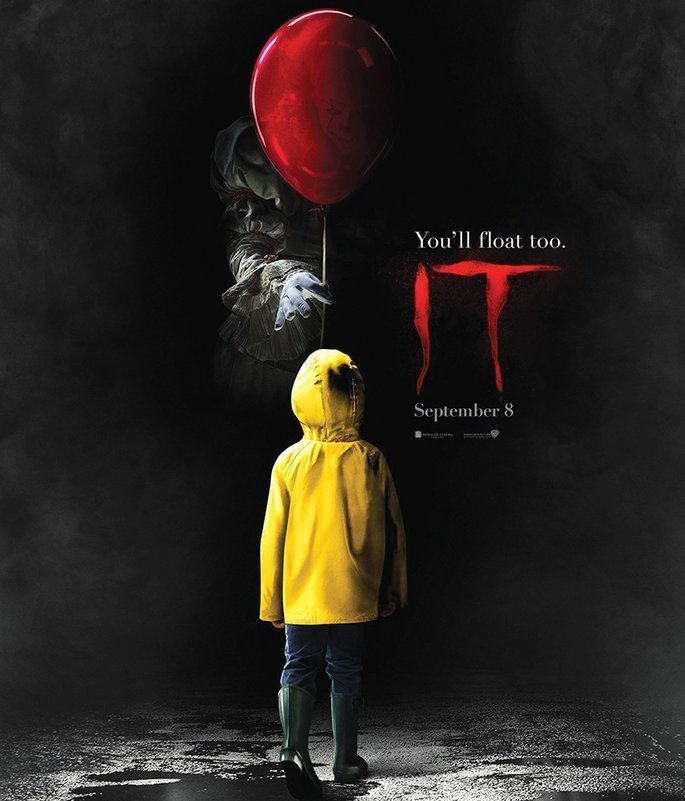Pop Stuff: Scared Sane
If we’re ready, at least on screen, to deal with the darkness in ourselves, horror as a genre becomes critical
Chills with my thrills had never really been my thing until director Jordan Peele’s debut feature, the ground breaking horror film, Get Out, pulled me to the dark side. Get Out owned the 2017 movie zeitgeist. The film scored a hat trick; critical acclaim, originality and commercial success””pulling in over $250 million on a budget of less than $5 million. Get Out was born of Peele never seeing his fears as an African-American man depicted on screen. The plot, white girl brings black boyfriend home to meet her family and hell ensues, toppled the well-worn story line of love conquering all. Cinema, especially Bollywood, has adorned this tale with happy endings seldom addressing the ugly fears that create division and the anguish of the outsider. Get Out does both, serving up brutal honesty using horror genre tropes. The victim is not a screaming teen but a black man and the monster is no stab happy psycho but the veiled racism of cultured liberals. Biting my nails in a theater amongst white people rooting against their race, I realized this was entertainment as therapy and if cinema was dying, horror was resurrecting it.
Horror is indeed seeing a renaissance. More horror movies are being released and to bigger box office numbers than ever before. Amongst tired super heroes, hackneyed reboots and indies playing second fiddle to TV drama, the once snobbishly dismissed genre is entertaining and thought provoking. Horror has addressed our social and political ills from 1931’s Dracula which, under the surface, dealt with our fears of immigration and invasion. As we become more self”“aware and human rights become paramount, horror has let the social commentary rise above the blood and gore, producing hits and masterpieces. In 2013, It Follows grappled with the demon of HIV in one of the most poetically gorgeous horrors ever made. In 2014, The Babadook won rave reviews dealing with the monster of grief. In 2015, The Witch artfully explored human deprivation. In 2016 Split saw M. Night Shyamalan make a comeback using horror to tackle mental illness. And 2017’s It became the highest grossing horror film ever, addressing the hate fueled culture of fear that we live in.
Horror’s power to push a sociopolitical agenda is apparent in an issue that has taken over global consciousness: the position of women. It’s unsurprising, as we grapple against the ways women are dis-empowered, that a genre historically steeped in misogyny is subverted. In recent films such as Julia Ducournau’s Raw, or Ana Lily Amirpour’s A Girl Walks Home Alone at Night, female filmmakers toss out tortured virgins and decapitated sluts and feature a female cannibal and a girl vampire crafted of feminist ideology. Bigger budget films such as Darren Aronofsky’s Mother! use horror to highlight female power. And even Bollywood, in the aftermath of an outcry against rape in India, is turning to the genre to reflect the very real terror that women face at the hands of the patriarchy, addressing honor killings in Navdeep Singh’s brilliantly terrifying NH-10 and child rape in Devashish Makhija’s viscerally disturbing Ajji.
It is impossible to watch any of these films without recognizing the pain that humanity inflicts upon humanity. Peele called Get Out a documentary saying, “The best and scariest monsters in the world are human beings.” If we’re ready, at least on screen, to deal with the darkness in ourselves, horror as a genre becomes critical. Fear divides but facing fear unites. As a genre built on fears becomes a tool to confront them, movies that began because we needed to escape, will thrive because we’re ready to wake up.
Soleil Nathwani is a New York-based Culture Writer and Film Critic. A former Film Executive and Hedge Fund COO, Soleil hails from London and Mumbai.




